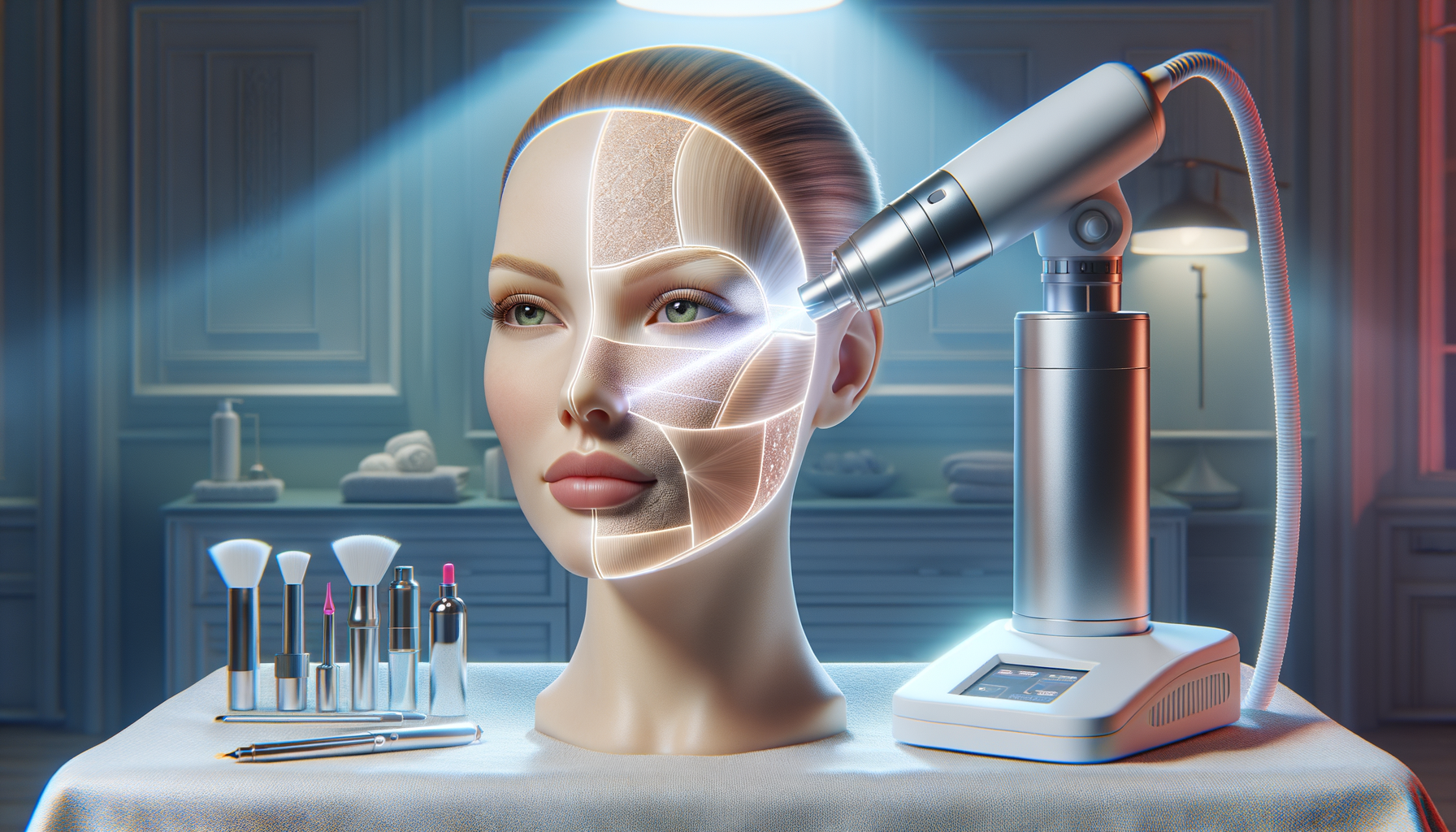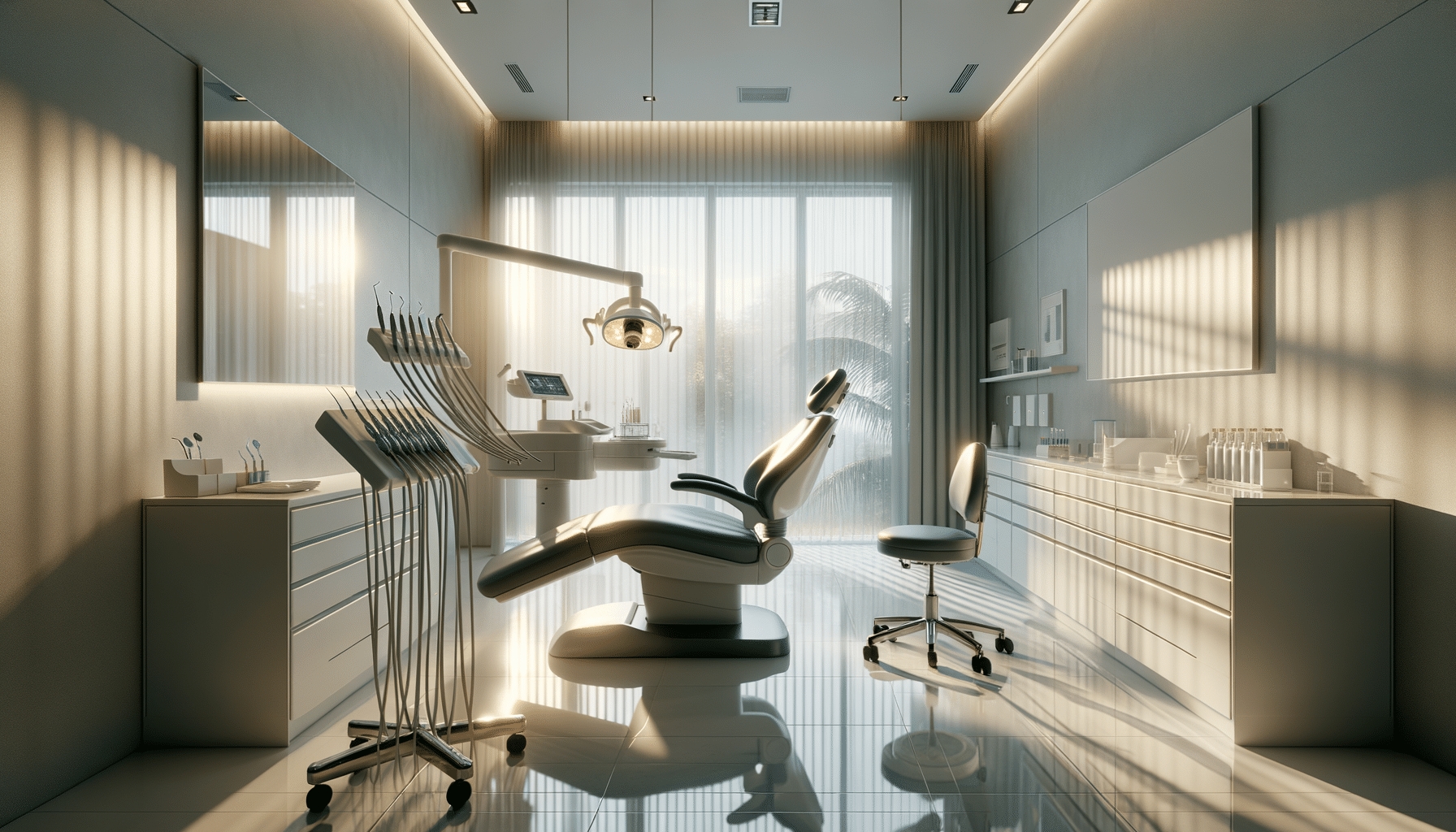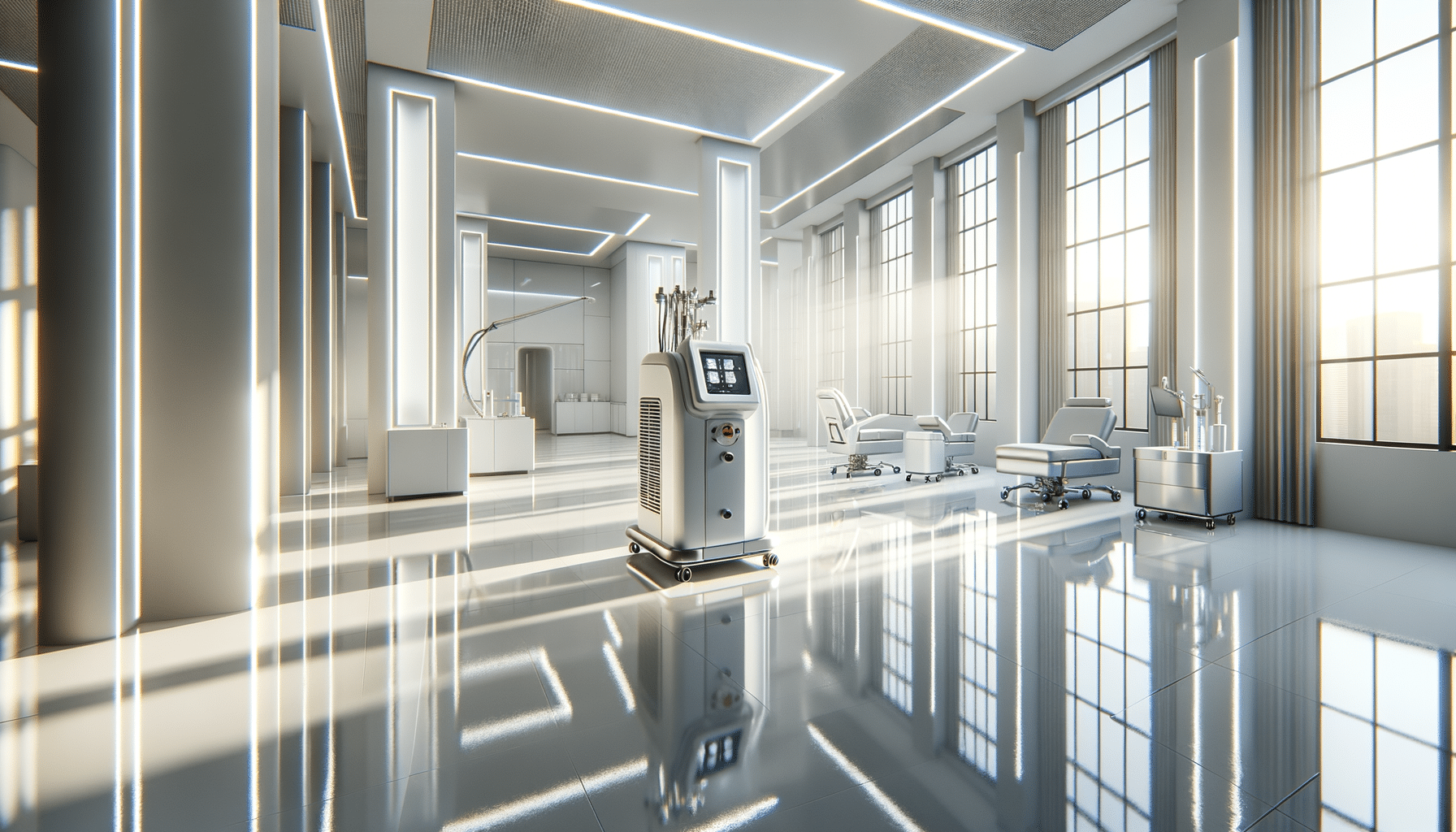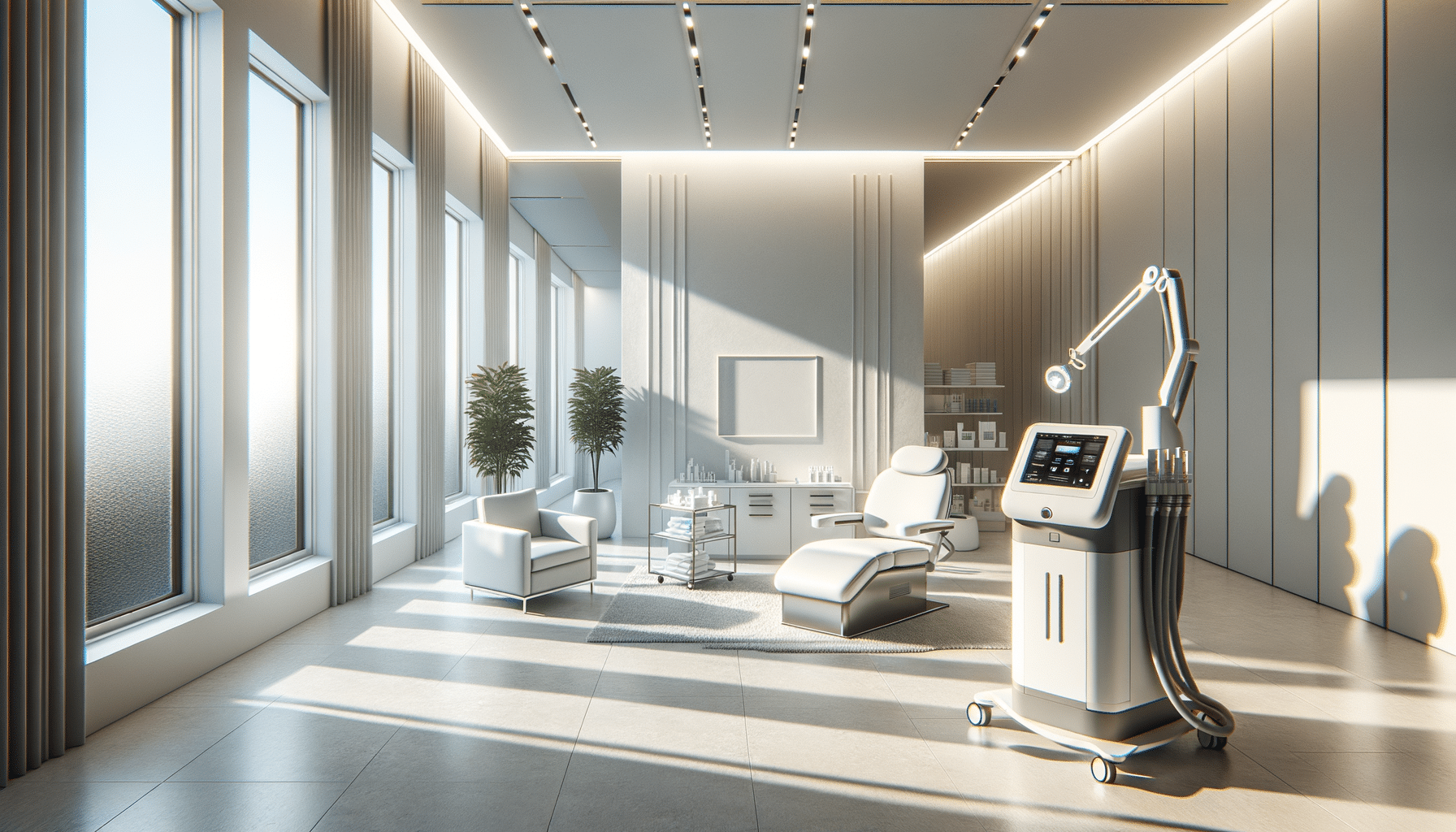
Non Invasive Laser Facelift Treatments Explained
Understanding Laser Treatment for Facial Rejuvenation
Laser treatment for the face has emerged as a popular non-invasive option for individuals seeking to rejuvenate their skin without undergoing surgery. This technology uses focused light energy to penetrate the skin layers, promoting collagen production and addressing various skin concerns. The appeal of laser treatments lies in their ability to offer noticeable improvements with minimal downtime, making them an attractive choice for those with busy lifestyles.
There are several types of laser treatments available, each designed to target specific skin issues such as wrinkles, scars, and pigmentation. These treatments can be broadly categorized into ablative and non-ablative lasers. Ablative lasers work by removing the outer layers of skin, promoting new skin growth, while non-ablative lasers target the deeper layers without damaging the surface, stimulating collagen production over time. The choice between these depends on the individual’s skin type, concerns, and desired outcomes.
Laser treatments are renowned for their ability to address multiple skin concerns simultaneously. Some common benefits include:
- Reduction of fine lines and wrinkles
- Evening out skin tone and texture
- Minimizing the appearance of scars, including acne scars
- Reducing age spots and sun damage
It is essential for individuals considering this treatment to consult with a qualified dermatologist or skincare professional to determine the most suitable type of laser treatment for their skin type and goals.
Different Types of Laser Treatments for the Face
Laser treatments for the face are diverse, each offering unique benefits tailored to specific skin concerns. Understanding the different types can help individuals make informed decisions about which treatment aligns best with their skincare goals.
Ablative lasers, such as carbon dioxide (CO2) and erbium lasers, are highly effective for addressing deep wrinkles, scars, and significant skin texture issues. These lasers work by vaporizing the outer layers of the skin, which stimulates the body’s natural healing process, resulting in smoother and more youthful-looking skin. However, they often require more downtime compared to their non-ablative counterparts.
Non-ablative lasers, including Nd:YAG and diode lasers, are less invasive and focus on stimulating collagen production without damaging the skin surface. These treatments are ideal for individuals seeking to improve skin tone and texture with minimal recovery time. Non-ablative lasers are often used for mild to moderate skin concerns and are popular for their convenience and efficiency.
Fractional lasers, which can be either ablative or non-ablative, offer a middle ground by delivering laser energy in a grid pattern, targeting only a fraction of the skin at a time. This approach allows for quicker healing and reduced downtime while still providing significant improvements in skin appearance.
Choosing the right laser treatment depends on factors such as skin type, the severity of skin issues, and personal preferences. Consulting with a skincare specialist can provide valuable insights and help individuals select the most appropriate treatment for their needs.
Benefits and Considerations of Laser Facial Treatments
Laser facial treatments offer a range of benefits that have contributed to their growing popularity among individuals seeking non-surgical skin rejuvenation. One of the primary advantages is the ability to achieve noticeable improvements in skin appearance with minimal invasion and downtime, making it a convenient option for those with busy schedules.
Some of the key benefits of laser treatments include:
- Improved skin texture and tone, resulting in a more youthful appearance
- Reduction in the visibility of fine lines, wrinkles, and scars
- Minimized hyperpigmentation, age spots, and sun damage
- Stimulation of collagen production, enhancing skin elasticity
Despite these advantages, there are considerations to keep in mind. Laser treatments can vary in their intensity and recovery time, with some requiring a few days of downtime for optimal healing. Additionally, individuals with certain skin types or medical conditions may need to take precautions or explore alternative treatments.
It’s crucial for individuals to have realistic expectations and understand that multiple sessions may be needed to achieve desired results. Consulting with a qualified dermatologist or skincare professional can provide personalized advice and help determine the most appropriate treatment plan based on individual skin concerns and goals.
Preparing for a Laser Facial Treatment
Preparation is a critical component of achieving successful outcomes from laser facial treatments. Proper preparation not only ensures optimal results but also minimizes potential risks and side effects associated with the procedure.
Before undergoing a laser treatment, individuals should schedule a consultation with a qualified dermatologist or skincare professional. During this consultation, the professional will assess the individual’s skin type, concerns, and medical history to determine the most suitable treatment approach.
In the weeks leading up to the treatment, individuals may be advised to avoid certain skincare products, such as those containing retinoids or exfoliants, which can increase skin sensitivity. Sun exposure should also be minimized, as tanned or sunburned skin can be more susceptible to adverse reactions.
On the day of the treatment, it’s important to arrive with clean, makeup-free skin. The professional may apply a topical anesthetic to minimize discomfort during the procedure. It’s also advisable to arrange for transportation home, as some treatments can leave the skin temporarily sensitive.
Following these preparation steps can enhance the effectiveness of the laser treatment and contribute to a smoother recovery process. Individuals should also discuss post-treatment care with their skincare professional to ensure proper healing and maintenance of results.
Post-Treatment Care and Expected Results
Post-treatment care is a crucial aspect of ensuring the success and longevity of laser facial treatments. Proper care can enhance the healing process, minimize potential side effects, and optimize the results of the procedure.
Immediately after the treatment, individuals may experience redness, swelling, or mild discomfort, similar to a sunburn. These effects are typically temporary and should subside within a few days. Applying a gentle moisturizer and avoiding harsh skincare products can help soothe the skin during this period.
Sun protection is paramount following laser treatments, as the skin is more sensitive to UV exposure. Individuals should apply a broad-spectrum sunscreen with a high SPF and wear protective clothing when outdoors to prevent pigmentation changes and maintain the treatment’s benefits.
Depending on the type of laser treatment, multiple sessions may be recommended to achieve optimal results. The interval between sessions allows the skin to heal and for collagen production to continue, gradually improving skin texture and appearance.
With proper care and adherence to post-treatment guidelines, individuals can expect to see significant improvements in their skin’s appearance. These may include smoother texture, reduced fine lines, and a more even skin tone. Regular follow-up appointments with a skincare professional can help monitor progress and make any necessary adjustments to the treatment plan.


